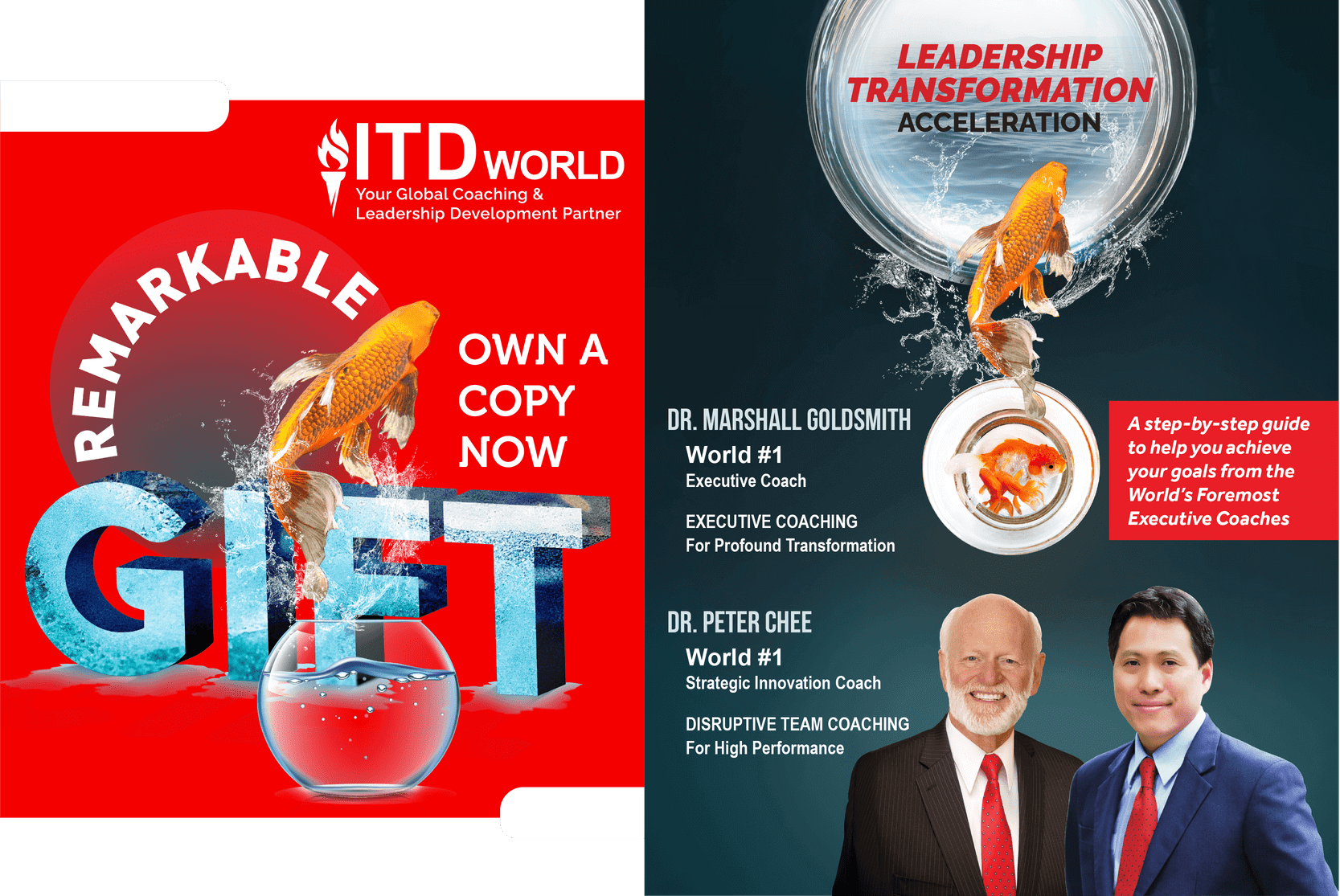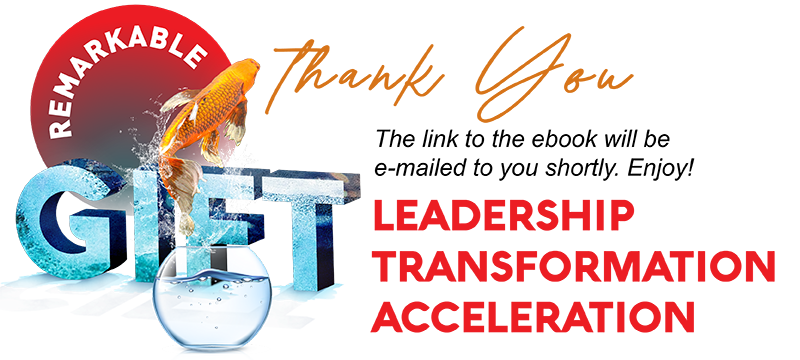


What can leaders do to uplift others when their energies diminish while facing challenges along the journey to results? People often slack off when experiencing obstacles completing the action steps, especially if the goal is a challenging one. By and large, transforming habits and cultivating new disciplines can be particularly difficult for people.
One method to provide support is to help people establish a support structure for them. A support structure is what keeps people on track and motivates to get the results they want. The next question is how can coaches help the coachee to set up the support structure? For one, having an open and honest coaching conversation is already one pillar in the structure.
Other support coaches can help setup include:

To maintain old habits requires little efort but to inculcate new habits requires support structures and persistency..
– Jack Canfield and Peter Chee


Your task as a coach is to help others come up with the support structures that works for them. Encourage your coachee to come up with simple and creative solutions. Even a simple sticky note could become a good reminder to change a habit. For example, if someone is procrastiworking – a portmanteau of procrastinating and working to describe a person procrastinating on urgent work in favor of other important tasks – a sticky note on the monitor as a reminder to complete urgent tasks could assist in habit change.
Another low-tech but elective method to become more productive is to practice the ABC Method and create large chunks of time where you plan and set priorities using pen and paper. On a piece of paper, list down all your to-dos. Then prioritize them by labelling the must-do’s an A, the should-do’s as a B, and the nice-to-do’s as a C. Once you know what the A tasks are, focus on finishing them before moving to the B task items. The C tasks are personal tasks you can do after work.
Transformation can be difficult, but things can be easier with the right support and the right structures in place. In a coaching relationship, the coach provides continuous support, encouragement, and accountability to the client. Helping a client put in support structures is one of the most beneficial things you can do as a coach.

EUREKA VIDEO

Providing continuous support, encouragement and accountability in coaching has the power to literally change lives.
– Jack Canfield and Peter Chee


TRANSFORMATIONAL COACHING QUESTIONS

LATEST HAPPENINGS
NewPartner

Nick Jonsson
Nick Jonsson is a business leader, author, speaker, podcast host and entrepreneur. But at the core of his endeavors, Nick’s mission is evident: empowering people to live beyond their wildest dreams with vulnerability & and holistic happiness. Click on his picture to learn more and engage him to enable results at your organization.

FURTHER RESOURCES



